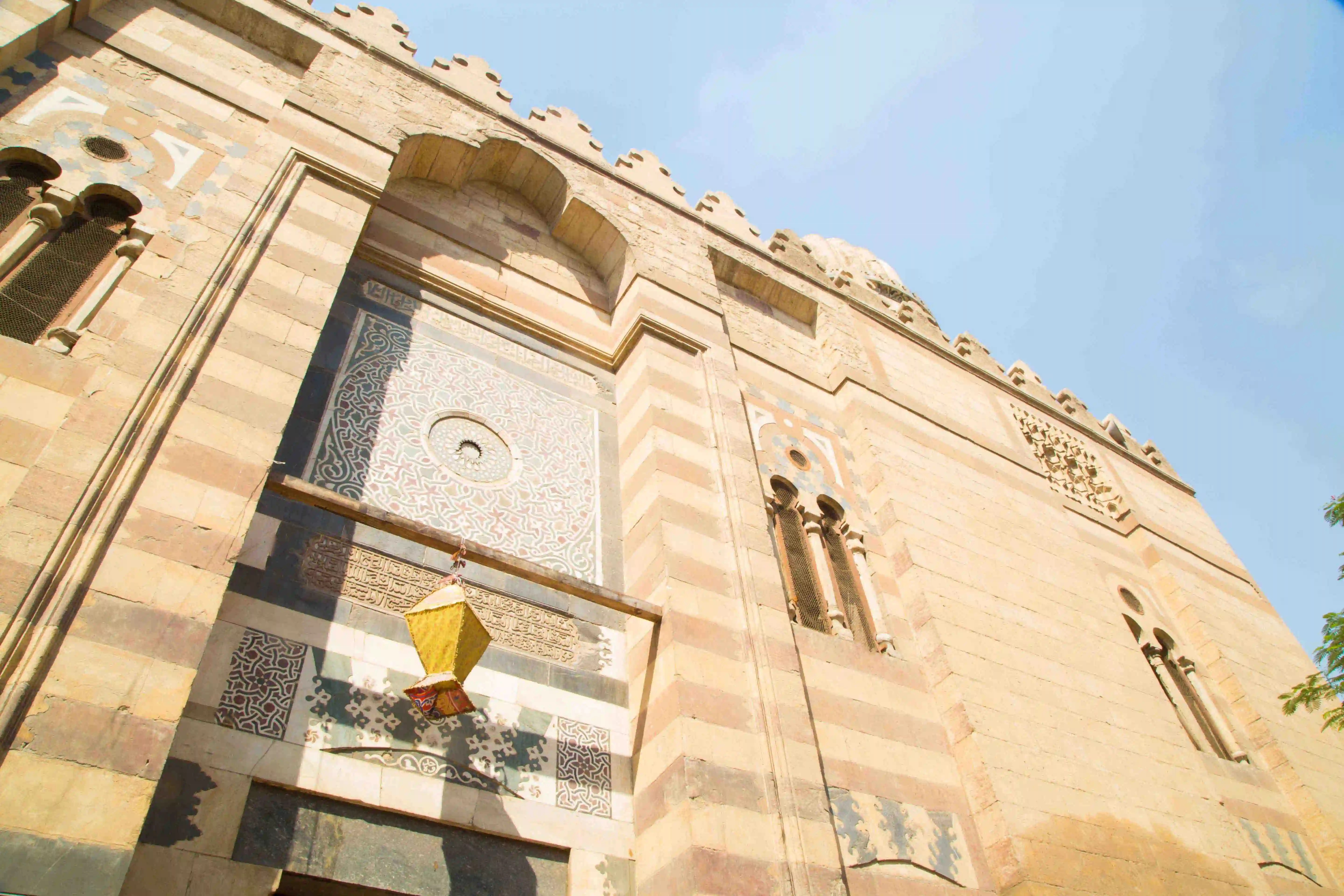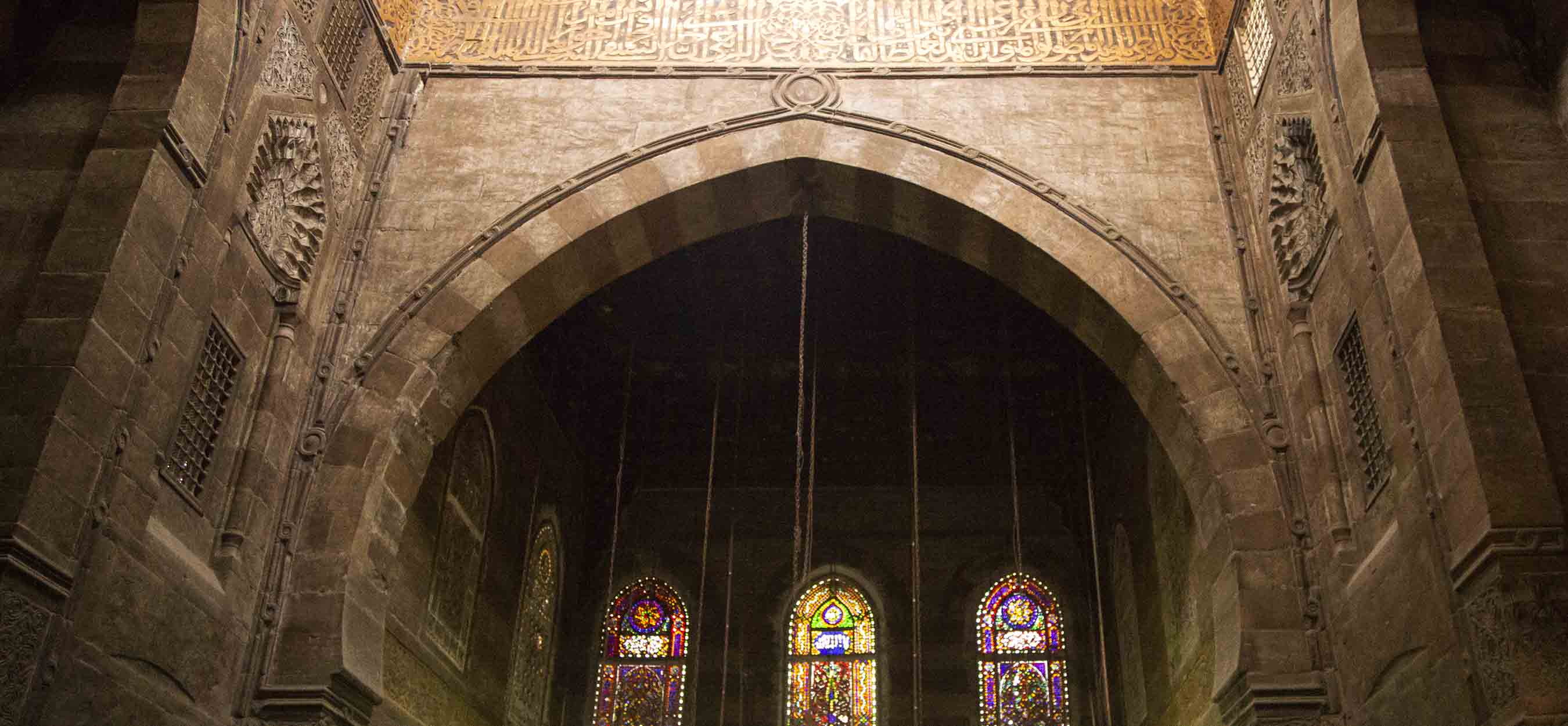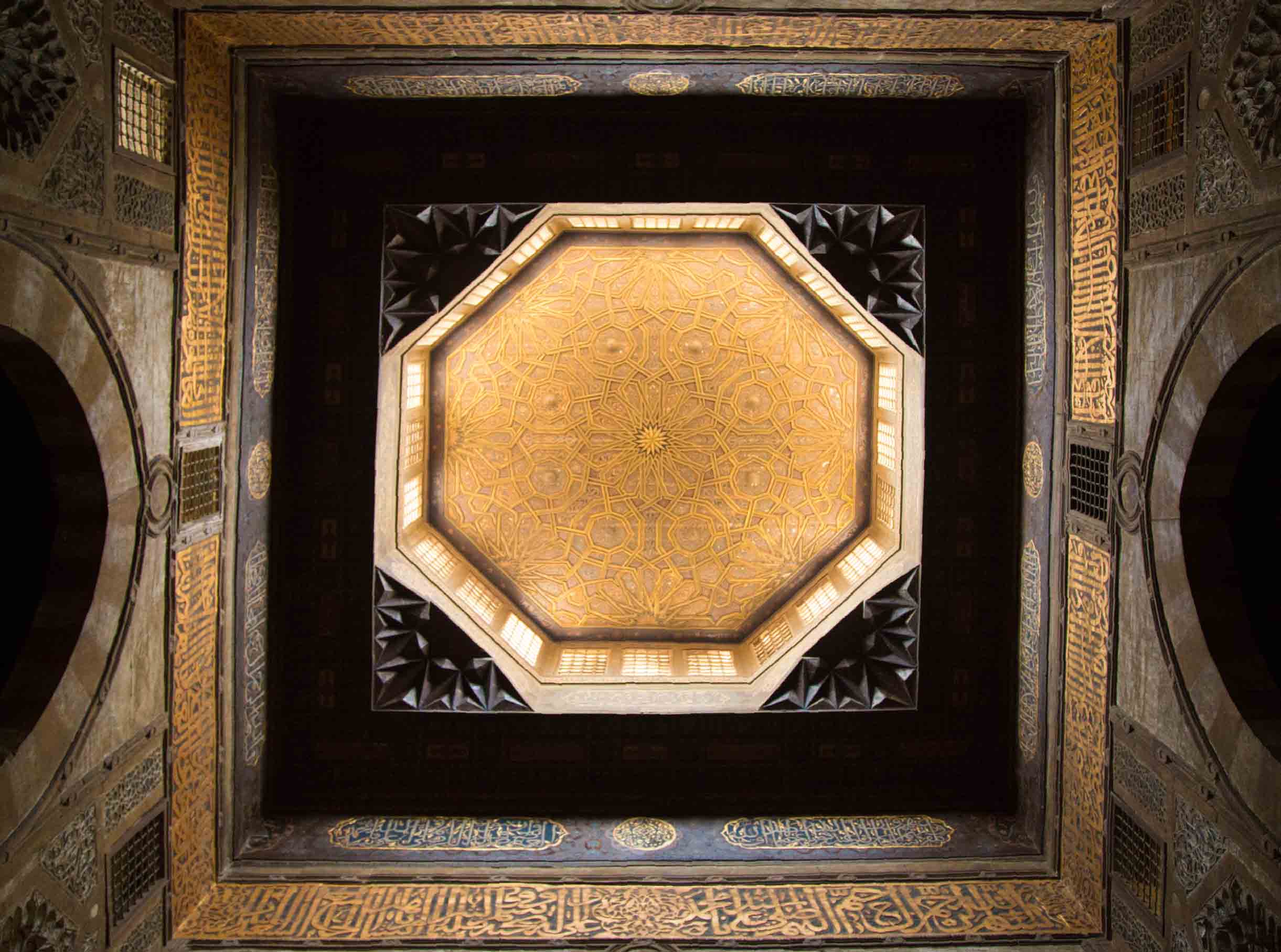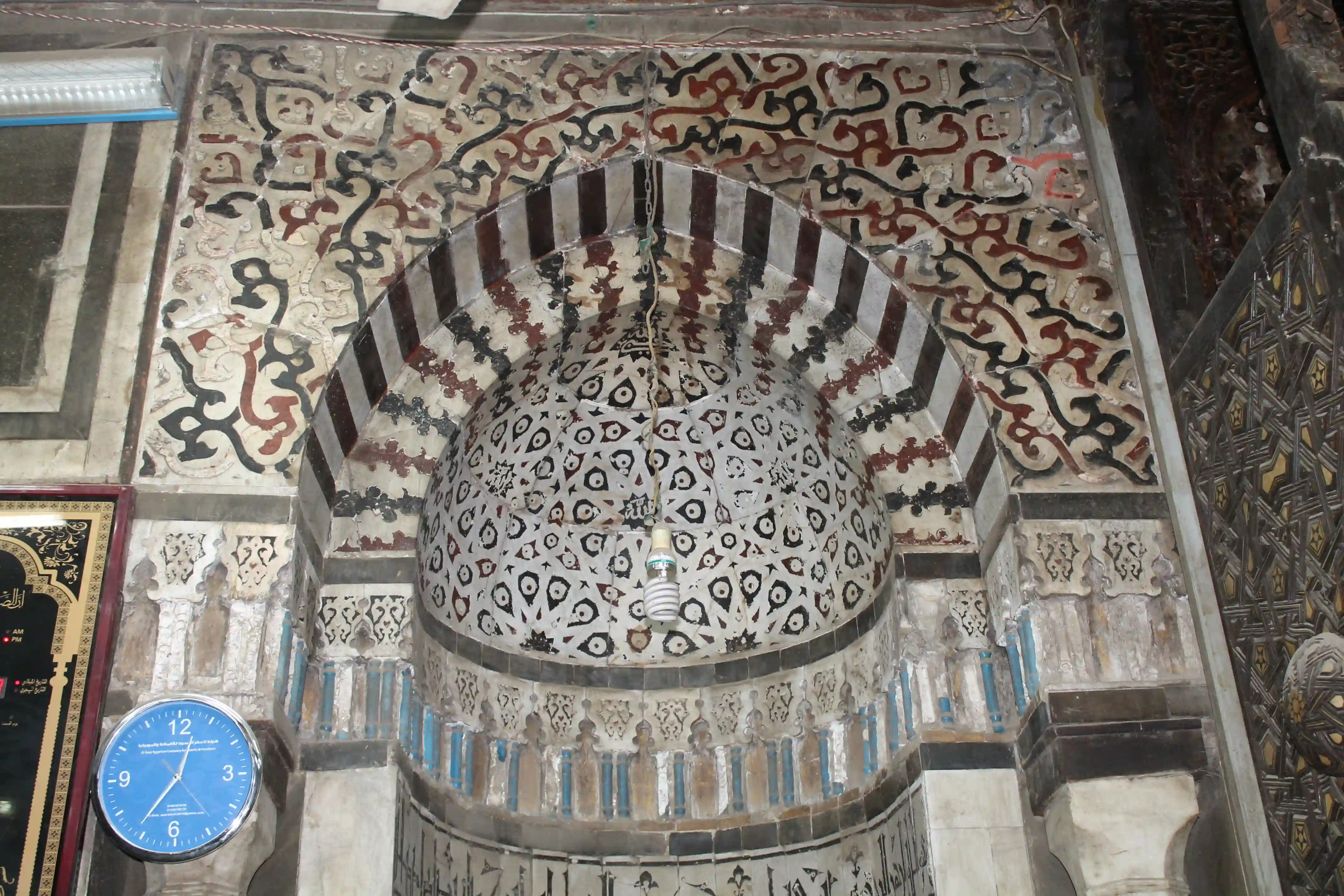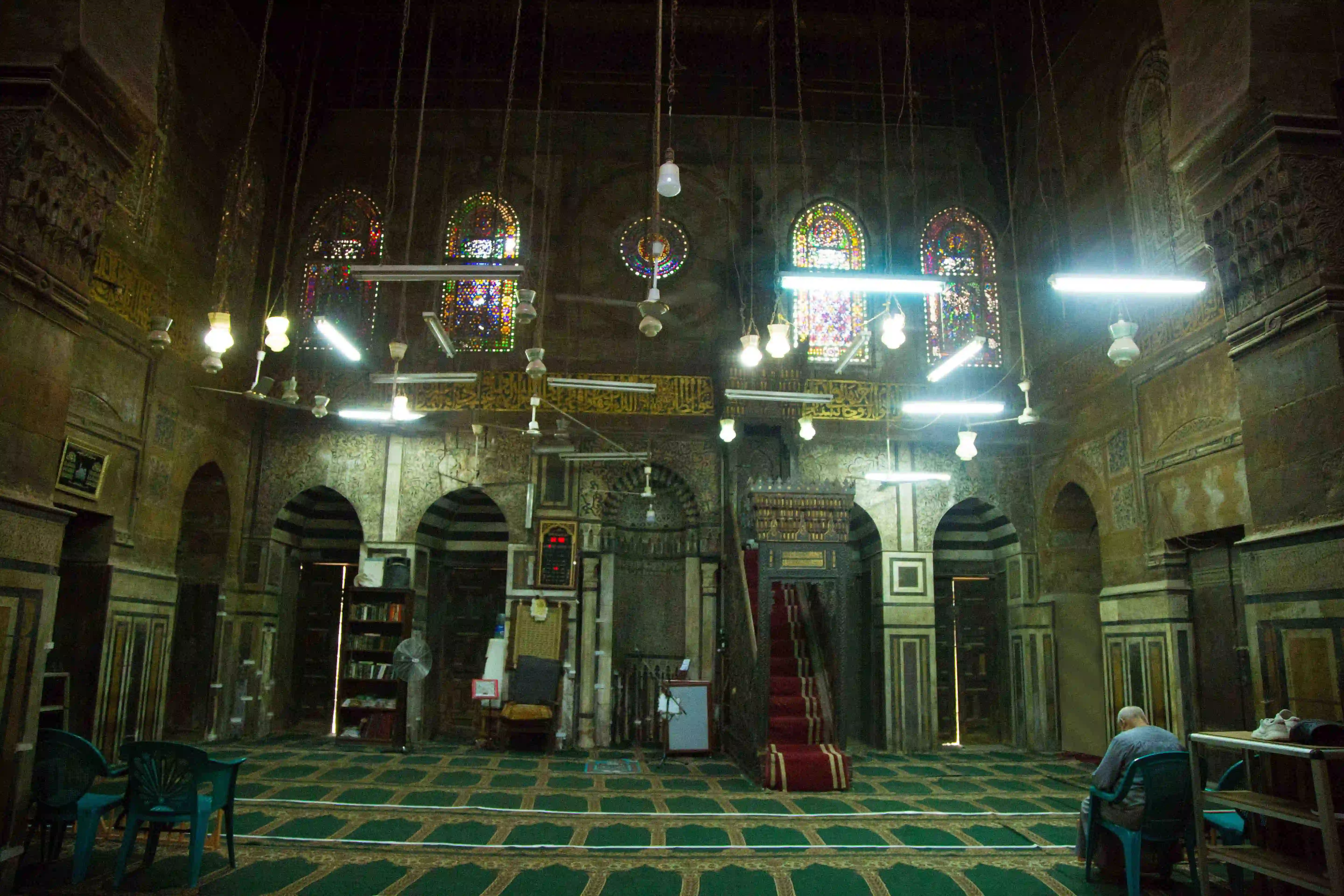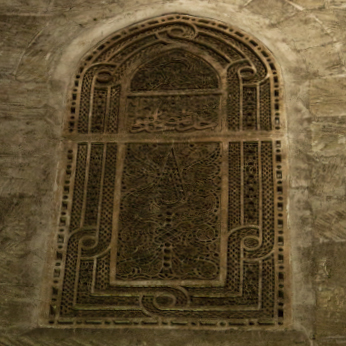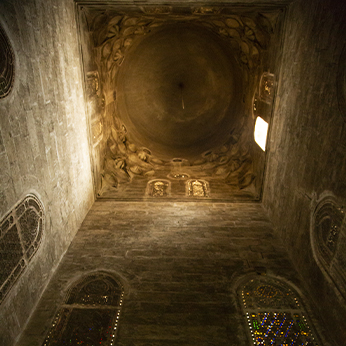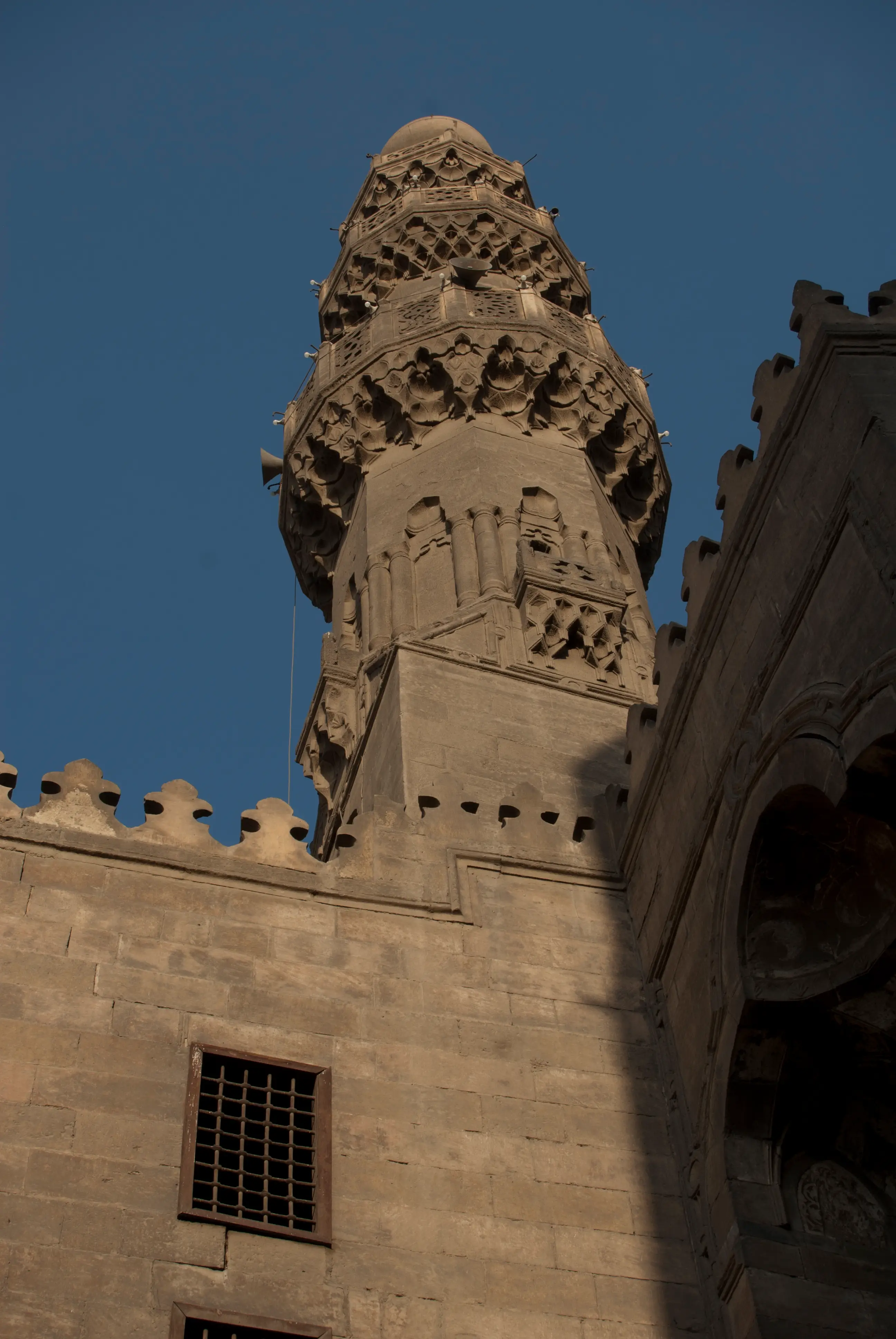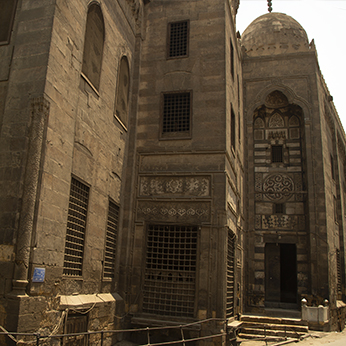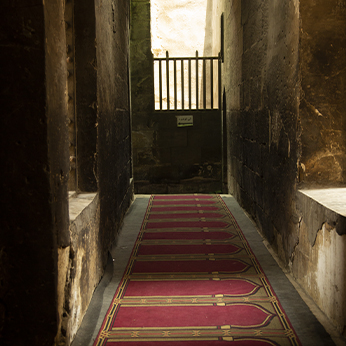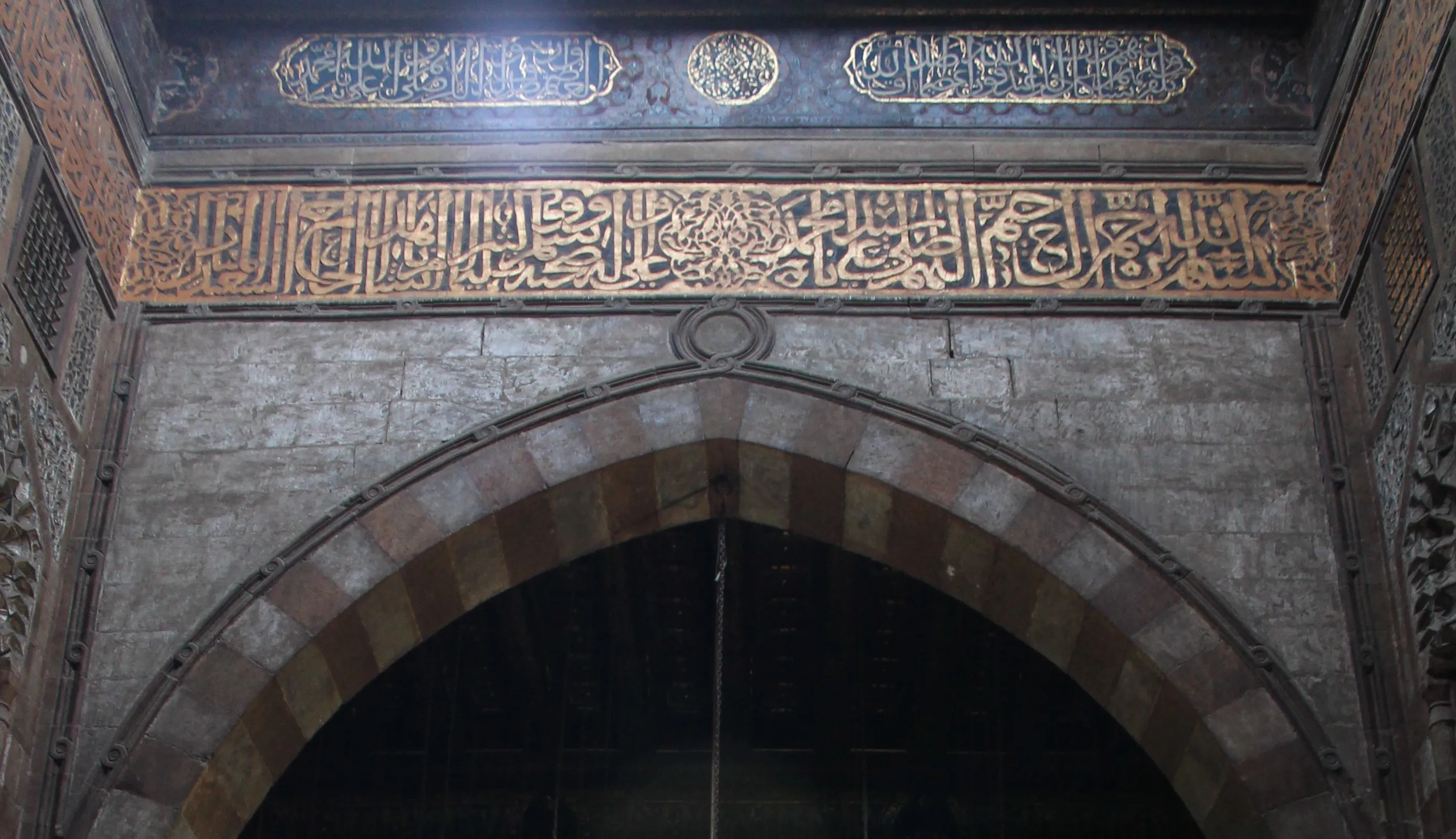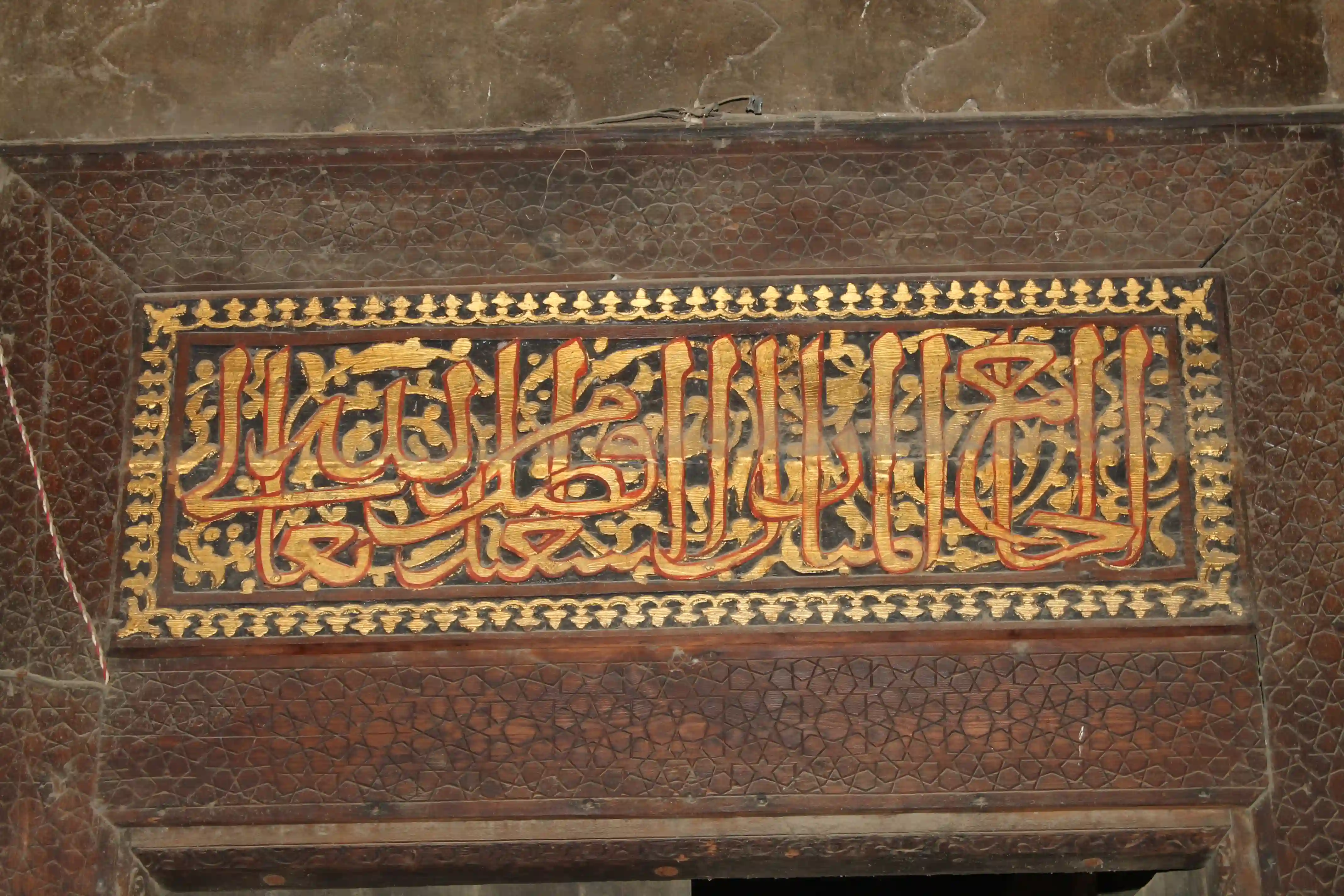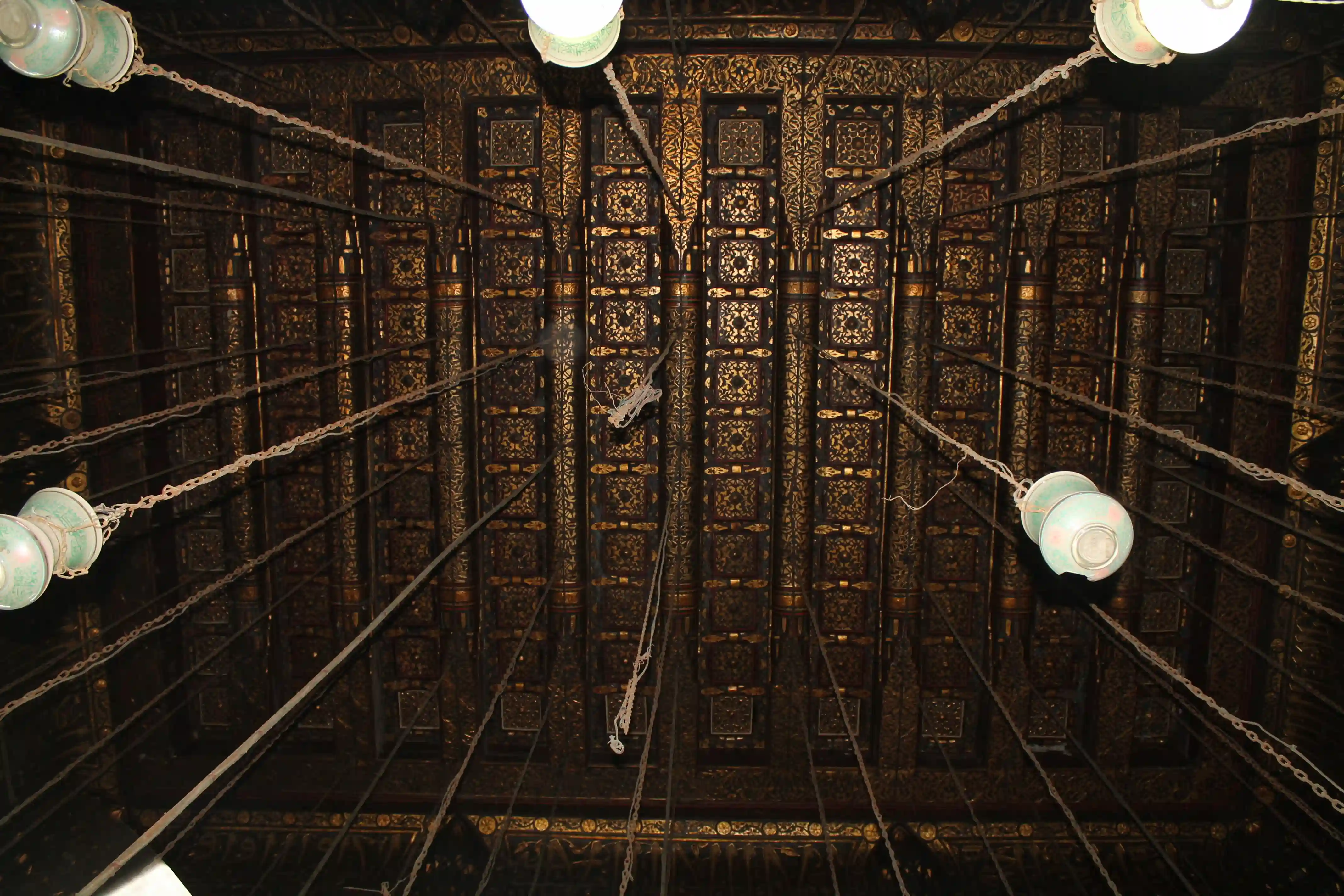Aslam al-Silahdar Mosque
Aslam al-Silahdar Mosque is not only important for its central location in a historic neighborhood but is also known for its significant legacy of Cairo’s medieval past. It was built in 1344 AD by Baha’ al-Din Aslam - a Mamluk prince with an important political and social standing in the Mamluk royal court who took the rank of a Silahdar (the one responsible for the arms and weapons). The mosque was part of a complex that included horse stables, tenement housing and a private home. The mosque is the only part of the complex, which is still standing now.
